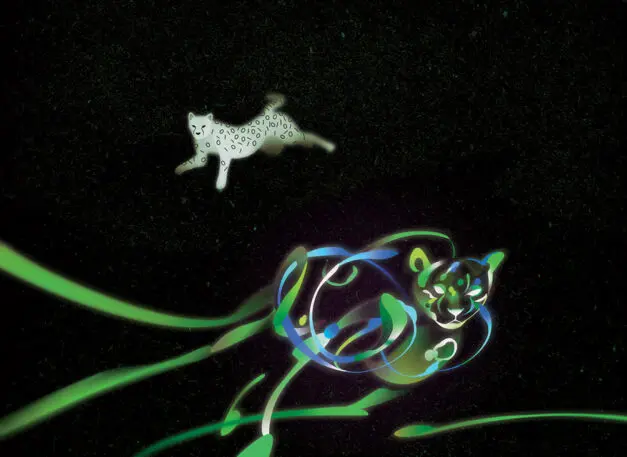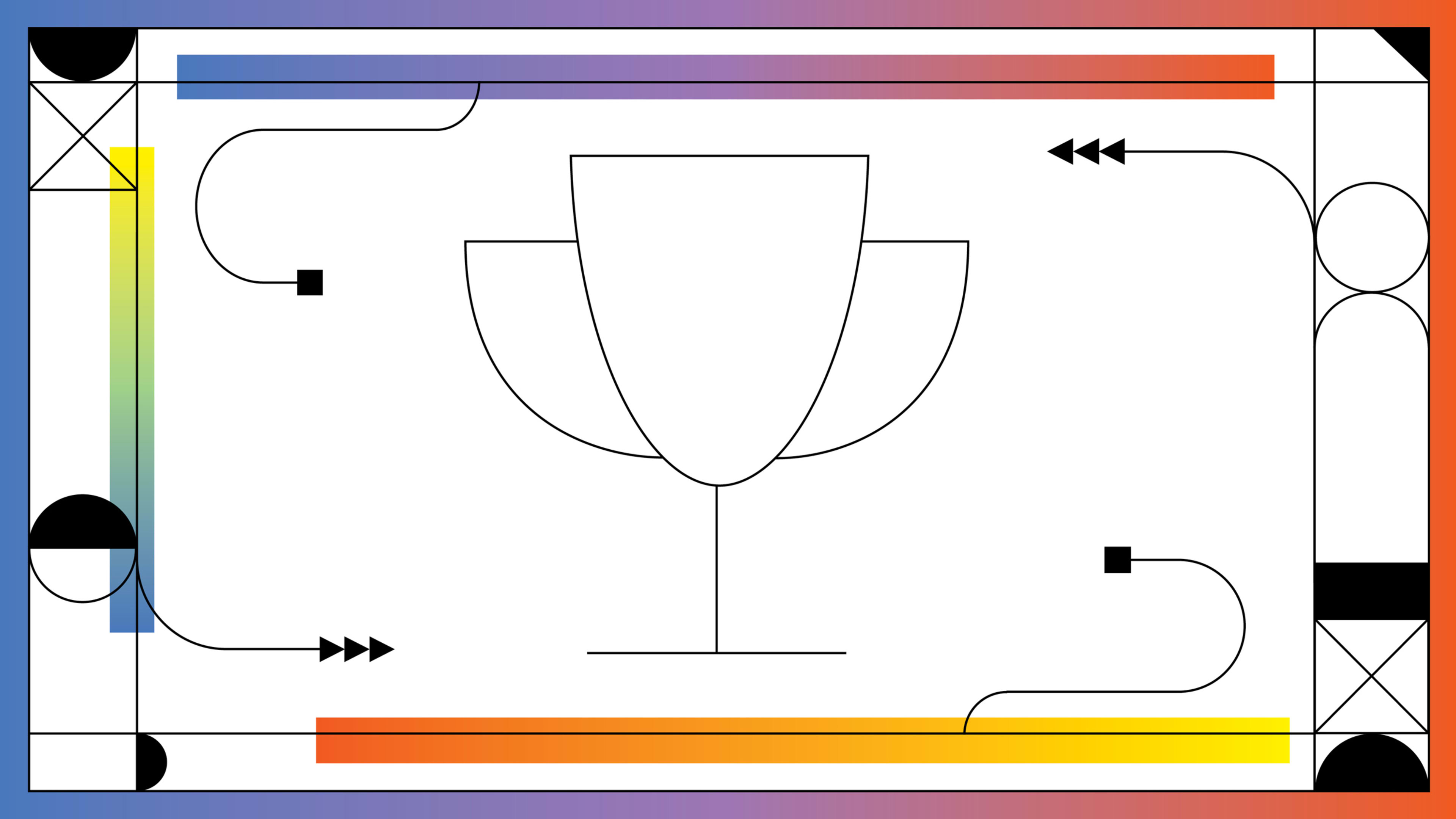Fast Company’s Next Big Things in Tech awards for 2023 honor 119 innovations that are paying dividends right now—and hold the potential to drive further progress over the next five years. We decided to give four organizations an additional Excellence in Innovation award to acknowledge the breath of their ingenuity. Among well-known companies, Adobe and the Walt Disney Co. have been busy imbuing multiple areas of their businesses with new technologies. Meanwhile, Phasecraft has taken on the big, essential challenge of figuring out how quantum-computing software should work. And Wiliot’s fresh approach to the internet of things can help companies wrangle everything from groceries to gadgetry.
Adobe: AI everywhere—but responsibly
Years before the rise of ChatGPT and Midjourney, Adobe knew that AI would be both a solution and a problem. In late 2019, the company introduced the Content Authenticity Initiative, in collaboration with The New York Times and Twitter, as a “nutrition label” for digital content, allowing users to see, for instance, if an image had been doctored in Photoshop. That’s led to the launch of open-source tools for developers and technical standards for the industry.

Adobe envisions a system in which users can click on an online image to reveal details about its origins. It has debuted a “content credentials” symbol that can be inserted through apps such as Adobe Photoshop and Bing Image Creator. The company has also demoed a website for comparing an image to its original version. To boost adoption, it’s partnering with camera makers; media organizations, including The New York Times; and other tech companies, such as Microsoft. Discussions with social networks are ongoing.
Dana Rao, Adobe’s general counsel and chief trust officer, says the idea emerged when the company was merely teasing new AI features but has gained traction over the past year with the rise of viral deepfakes. “It will be imperative,” he says, “for people to have a way to know what they can believe.”
At the same time, Adobe is pushing ahead with its own AI advancements, including image generation in Photoshop, object removal for videos in Premiere Pro, and a text-based video editor that lets users move text around by copying and pasting a computer-generated transcript. The Content Authenticity Initiative is Adobe’s way of shining a light on these capabilities—both from Adobe and others—instead of snuffing them out.
“When we think about the consequences of AI,” Rao says, “the answer isn’t going to be, ‘Stop using it.’ ” —Jared Newman
Phasecraft: The software side of quantum
Quantum computers promise to upend whole industries and our understanding of the world, but despite billions in investment and some scientific feats, they still can’t do much. By carefully manipulating tiny physical building blocks known as qubits, the machines aim to exploit the weird behavior of the subatomic world and process vast amounts of data more quickly than classical computers can. To date, the effectiveness of quantum computers has been limited by the challenges involved in increasing the number of qubits from a few hundred to many thousands.

U.K.-based Phasecraft is building algorithms to help nudge these noisy, finicky machines to quantum advantage sooner. “The more we can do on the algorithm side, the less we have to wait for the hardware to improve,” says cofounder Toby Cubitt (yes, his name sounds the same as qubit).
By redesigning an algorithm for simulating electrons, Phasecraft researchers cut the number of qubits required by a factor of a million, approaching a point that will enable existing quantum computers to work. Experimenting on industry-leading machines at IBM, Google, and Rigetti (and with $21 million in venture funding), the 20-person startup is building a software pipeline to tackle the physics-modeling problems that could unlock breakthroughs in batteries and solar energy.
Cubitt, a professor of quantum information at University College London, expects the first useful computations within three years. Getting there will require Phasecraft to keep developing “a really deep understanding of how the hardware works on a physics level,” he says. “And sometimes even the hardware companies don’t know this.” —Alex Pasternack
The Walt Disney Co.: From ads to virtual stages
People think of the House of Mouse as an entertainment behemoth, but over the past year, Disney has been seriously flexing its tech chops on a number of fronts: A new internal ad server allows the company programmatic ad capability to process more than 5 billion advertising impression queries per day across Hulu and Disney+, and new special-effects technology is transforming studios.
When The Mandalorian debuted in 2019, it reinvigorated interest in the Star Wars universe while simultaneously revolutionizing green-screen technology and virtual filmmaking. Earlier this year, Disney debuted the latest evolution of that StageCraft technology for ESPN: Catalyst Stage deploys massive LED displays with real-time rendering to create 3D studio environments. Using such cutting-edge technology systems as GhostFrame, Unreal Engine, and Disguise XR, Catalyst Stage allows producers to put talent anywhere—football locker rooms, outdoor basketball courts, hockey rinks—and create multiple designs and backdrops for SportsCenter sets, all without leaving the studio.

To achieve that, the company created a breakthrough user-interface technology called GRACE (Graphic Real-time Automation and Control Environment) that integrates all of those tech systems within the existing ESPN production ecosystem, allowing Disney technologists to manipulate and move seamlessly between 3D virtual scenes on the stage.
“For us, the technology that became available and could work synchronously was something we all recognized as a big leap in possibility,” says Christiaan Cokas, Disney Entertainment and ESPN director for creative automation and studio technology. “That’s what the Catalyst Stage is—a dance of so much technology working together seamlessly in order to make the magic happen.” —Jeff Beer
Wiliot: The internet of things, only better and cheaper
The “internet of things” may no longer be the term du jour, in part because the idea failed to meet its original promise of connecting billions of dumb objects to the cloud in service of mitigating all manner of potential supply-chain disruptions. But IoT technology remains a key to confronting some of our biggest business and environmental challenges. Wiliot makes an inexpensive Bluetooth beacon tag that can be attached to everything from food to drugs to apparel, enabling real-time tracking of location and condition. The stamp-size tag—powered by radio waves in the environment—contains an ARM processor and a radio, and it continually sends signal data collected from its various sensors to the Wiliot cloud for analysis. The results can be viewed via an app. In one use case, a COVID vaccine maker affixed a Wiliot tag to its vials to make sure the vaccine remained cool enough to retain its potency. Wiliot recently introduced sensors that can monitor humidity levels, which could help protect a range of products, from produce to electronics.

“It’s hard to appreciate how dark and offline the physical world is,” says Wiliot chief marketing officer Steve Statler. “As we talk to our customers, we realize that it’s really kind of a random form of chaos out there in terms of how we handle our supply chains.” The Tel Aviv, Israel–based company has raised more than $250 million in funding and now counts 30 of the world’s 500 largest businesses as customers. It’s primarily focused on providing its tags to traditional grocery retailers, who have relatively little visibility into their supply chains: “We’re enabling brick-and-mortar grocery stores to survive and thrive against larger, digital-first competitors,” Statler says. —Mark Sullivan
The companies behind these technologies are among the honorees in Fast Company’s Next Big Things in Tech awards for 2023. See a full list of all the winners across all categories and read more about the methodology behind the selection process.
Recognize your brand’s excellence by applying to this year’s Brands That Matter Awards before the final deadline, June 7.
Sign up for Brands That Matter notifications here.
